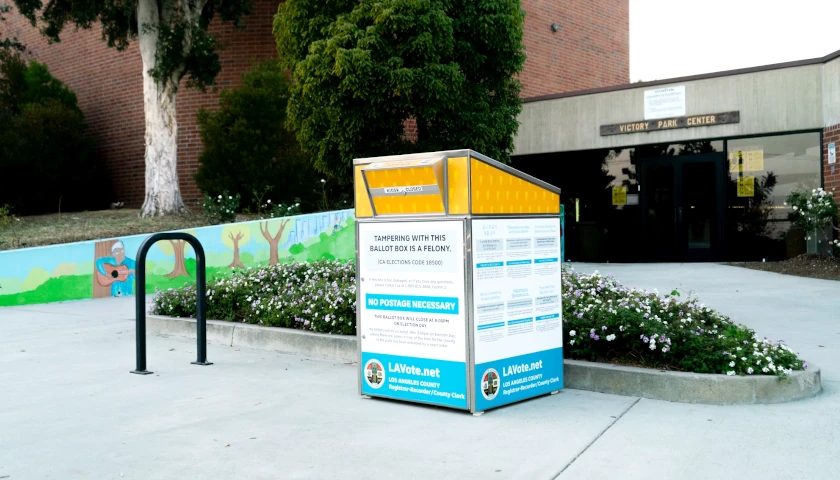by Seth Sandronsky
U.S. private-sector employers added 103,000 new hires in November versus 106,000 workers in October, according to Nov.’s ADP® National Employment Report, a collaboration with the Stanford Digital Economy Lab.
Consider what is occurring in a slice of service sector employment.
“Restaurants and hotels were the biggest job creators during the post-pandemic recovery,” said Nela Richardson, ADP’s chief economist, said in a statement. “But that boost is behind us, and the return to trend in leisure and hospitality suggests the economy as a whole will see more moderate hiring and wage growth in 2024.”
Leisure and hospitality employers shed 7,000 payroll jobs in November versus adding 17,000 workers in October. Trade, transportation and utilities employers led the way for job creation in November, adding 55,000 new hires compared with 35,000 workers in October.
Meanwhile, service-providing employers added 117,000 new hires in November. Goods-producing firms lost 14,000 jobs in November. Those numbers accord with a long-running trend of employment in the U.S.
Annual median (half above and half below) wage growth for job-stayers rose 5.6% in November compared with October’s 5.7% increase, according to ADP. The median annual pay of job-stayers was $58,500 in November compared with October’s $57,800.
“Job-changers, too,” according to ADP, “saw slowing pay growth, posting pay gains of 8.3%, the smallest year-over-year increase since June 2021. The premium for switching jobs is at its smallest in three years of data.”
When the supply of workers exceeds available employment, pay gains tend to drop. When the opposite dynamic prevails, all things equal, wages and salaries rise. Supply and demand of employment is in a constant state of flux.
In November’s ADP report on pay growth and gender, female workers’ earnings continue to lead their male counterparts in all age groups, from 16-24 to 25-34, 35-54 and 55-84, the case in October, according to ADP. November registered the biggest male-female gap in the 16-24 category.
Mid-sized companies with 50-249 employees led the way in November. with 71,000 new hires versus October’s 96,000. Large employers of 500-plus employees ranked second in November’s payroll growth, with 33,000 new hires compared with October’s 18,000.
In changes of regional employment, the Northeast grabbed the top spot for November, adding 59,000 new hires versus October.’s 21,000. The South nearly lead the way in job creation for the second straight month, adding 58,000 new hires in November compared with October’s 64,000.
– – –
Seth Sandronsky is a contributor to The Center Square.




